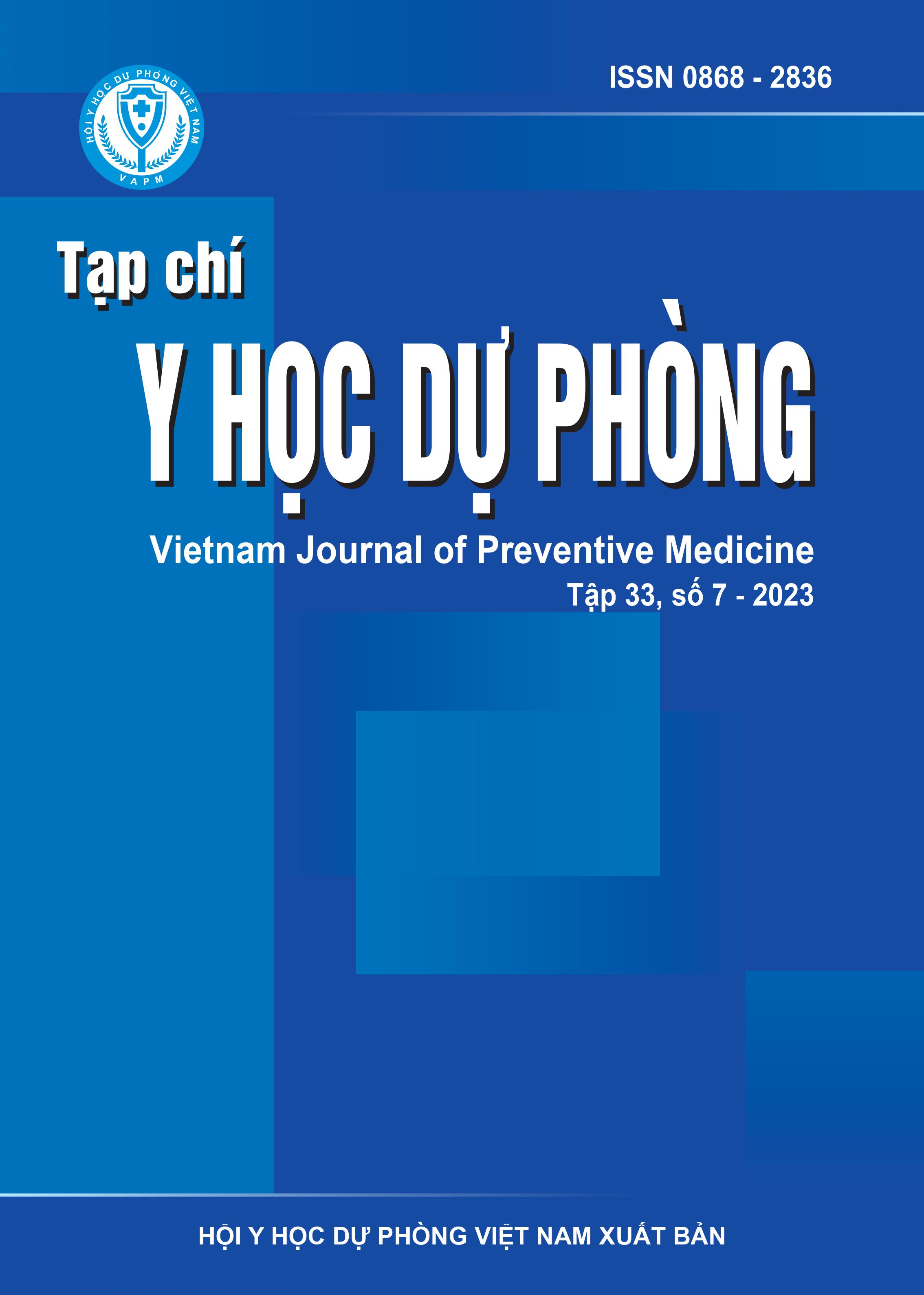Application of next generation sequencing to diagnosis of Mycobacterium tuberculosis drug resistant directly from sputum sample in National Lung Hospital since 2020 – 2022
DOI:
https://doi.org/10.51403/0868-2836/2023/1466Keywords:
Mycobacterium tuberculosis, mutations, sequencing, multi-drug resistant tuberculosis (MDR-TB)Abstract
Rapid identification of antibiotic resistance is essential for effective treatment of Tuberculosis (TB). This study aims to predict drug resistance through whole genome sequencing (WGS) to determine drug resistance in Mycobacterium tuberculosis from 100 sputum samples of TB patients with Xpert MTB positive and Rifampicin resistant to examined at the Central Lung Hospital and Hanoi Lung Hospital from
2020 - 2022. After eliminating samples that did not meet quality assurance, the remaining 38 samples which had quality control (QC) results greater than or equal to 80% and this sample had complete phenotypic and genotypic drug resistance results to analyze and evaluate diagnostic effectiveness. WGS directly from sputum samples to detect drug resistance has sensitivity and specificity for each drug respectively of Isoniazid 91.7% and 100%; Rifampicin 86.79% and 25.0%; Ethambutol 89.5% and 68.4%; Pyrazinamide 56.5% and 100%; Streptomycin 67.7% and 85.7%. Moxifloxacin 50.0% and 96.4%. Wholegenome sequencing testing from sputum samples shows the effectiveness in applying modern molecular biology technology to early diagnosis of drug-resistant tuberculosis, moving towards individualizing treatment regimens suitable for each individual. patients, increasing the rate of successful treatment of drug-resistant tuberculosis in Vietnam.
Downloads
Downloads
Published
How to Cite
Issue
Section
License
Publication License No 150/GP-BTTTT signed on May 8, 2014;
Electronic Publication License No 322/GP-BTTTT signed on June 15, 2016.


